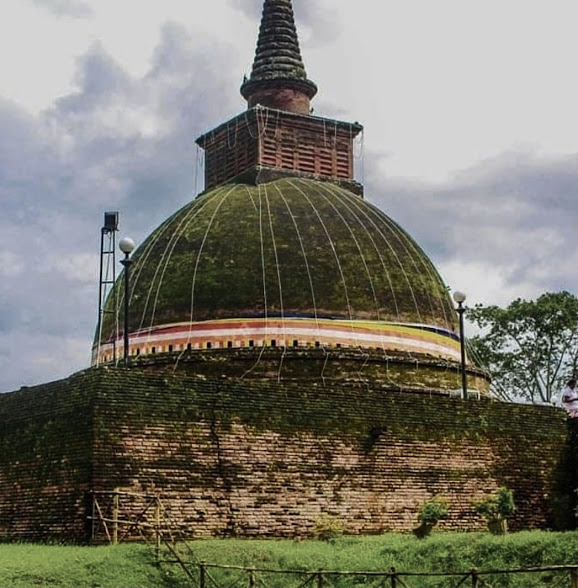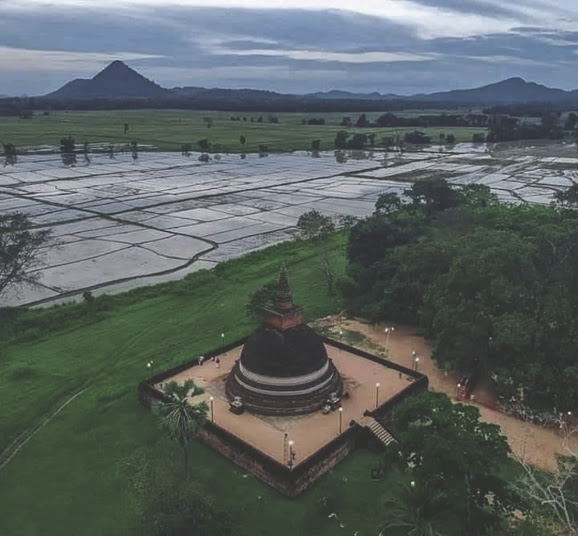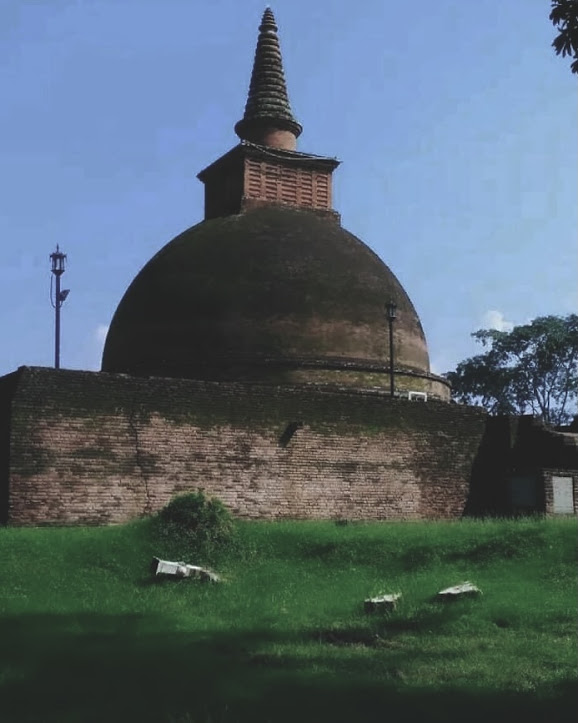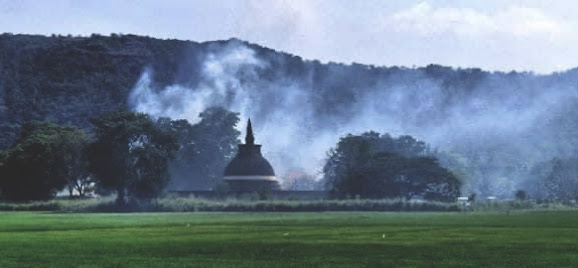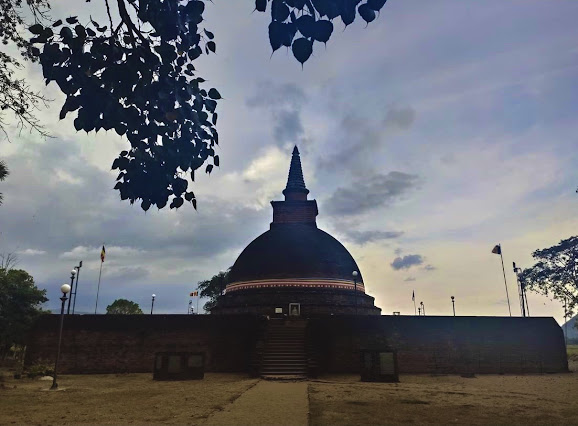Dematamal Viharaya is situated in the village of Dematamal, which lies within the Monaragala District in the southeastern part of Sri Lanka. The temple is surrounded by picturesque natural landscapes, including lush forests, rolling hills, and agricultural fields.
Dematamal Viharaya has ancient origins dating back to the Anuradhapura Kingdom period, which spanned from around 377 BCE to 1017 CE. According to historical records, the temple was established during the reign of King Devanampiya Tissa (250-210 BCE), a prominent Buddhist monarch in Sri Lankan history. Over the centuries, the temple has been patronized by various rulers and nobles, contributing to its historical importance.
Dematamal Viharaya features traditional Sinhalese Buddhist architecture, characterized by its stupa (dagoba), shrine rooms (image houses), and other structures adorned with intricate carvings, sculptures, and religious paintings (frescoes). The temple's architectural elements reflect the craftsmanship and artistic traditions of ancient Sri Lankan artisans.
As a Buddhist temple, Dematamal Viharaya holds great religious significance for Buddhists in Sri Lanka. It serves as a place of worship, meditation, and pilgrimage, attracting devotees who come to pay homage to the Buddha and seek spiritual blessings. The temple's serene ambiance and sacred atmosphere provide a conducive environment for contemplation and reflection.
Dematamal Viharaya is recognized as a protected archaeological site and cultural heritage monument by the Sri Lankan government. Its historical and artistic significance makes it a popular destination for tourists, scholars, and pilgrims interested in exploring Sri Lanka's rich Buddhist heritage and architectural legacy.
Throughout the year, Dematamal Viharaya hosts various religious ceremonies, rituals, and festivals, including Vesak (commemorating the Buddha's birth, enlightenment, and passing), Poson (celebrating the introduction of Buddhism to Sri Lanka), and Kathina (offering of robes to Buddhist monks). These events attract devotees and visitors from different parts of the country, adding to the temple's vibrant cultural atmosphere.
